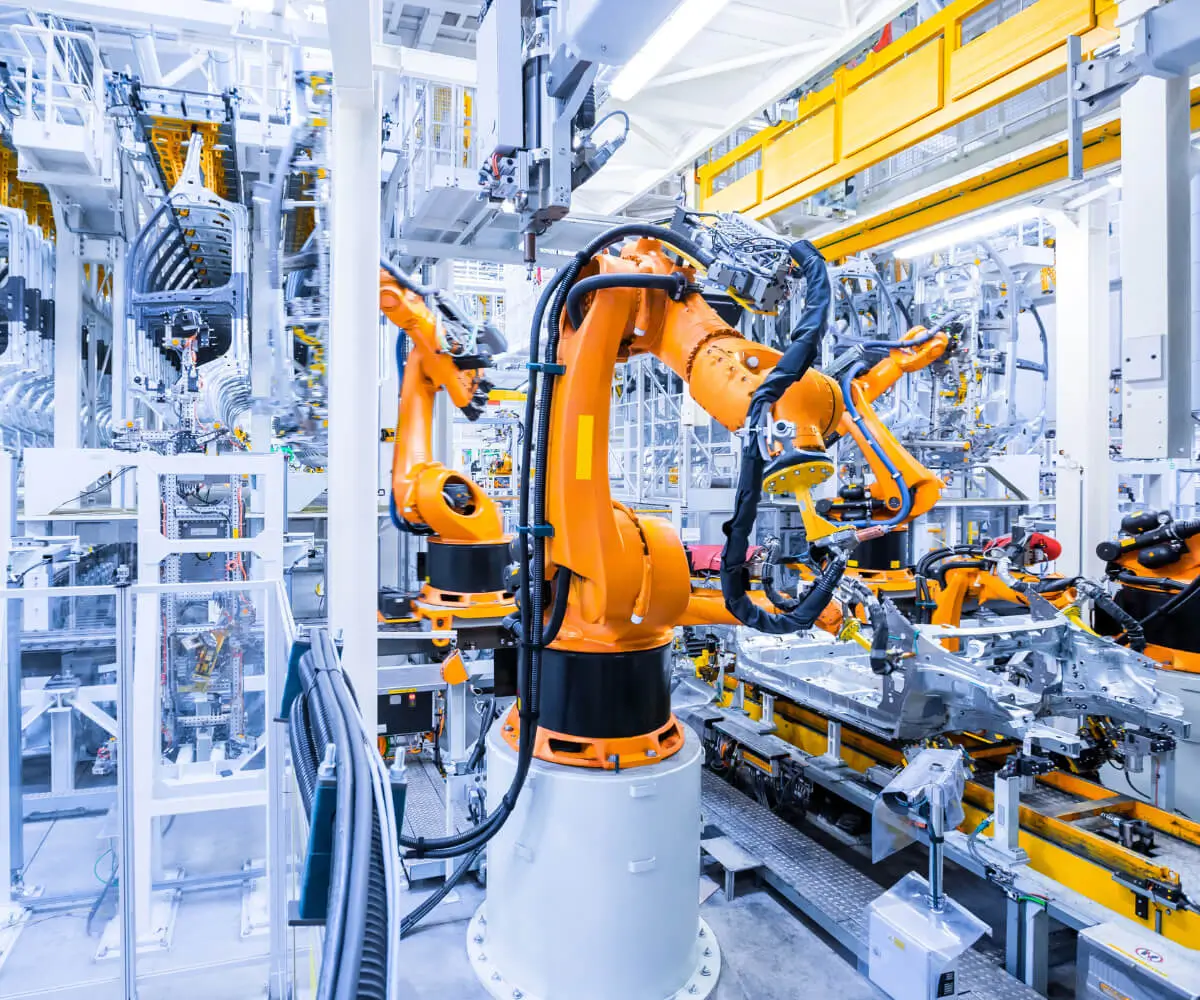In the bustling world of industrial machinery and automation, AC geared motors stand out as dependable workhorses. Their ability to combine simple electrical operation with mechanical torque multiplication makes them favorable for a range of applications—from conveyor belts and mixers to pumps and industrial fans. However, even the most dependable partners have their flaws.

Understanding these disadvantages isn’t about discouraging their use but rather about equipping engineers, technicians, and business owners with the insights needed to select the right motor for their specific needs. It’s a matter of weighing the pros and cons thoughtfully, and that starts with an honest look at what AC geared motors may not excel at.
Complex Mechanical Structure and Maintenance Challenges One of the primary concerns with AC geared motors stems from their mechanical complexity. Unlike straightforward AC motors, geared motors incorporate a gear assembly—comprising gears, shafts, bearings, and housings—that tolerates mechanical stress and transmits torque. This additional complexity introduces multiple points of failure and maintenance challenges.
Gears, especially those in high-torque applications, are subjected to wear and tear over time. The gear teeth can become chipped, worn out, or misaligned, leading to increased vibration, noise, and efficiency losses. Regular lubrication is necessary to mitigate friction, and failure to do so can accelerate gear deterioration.
Maintenance becomes more labor-intensive and costly because accessing internal gear components often requires disassembly. The inconvenience of downtime, coupled with the potential expense of repairs, makes AC geared motors less attractive for applications demanding high availability.
Efficiency and Energy Consumption While AC motors are celebrated for their energy efficiency, the addition of a gear train in geared motors introduces losses. Gearboxes are not 100% efficient; typical gear efficiencies range from 85% to 98%. These losses manifest as heat, noise, and energy wastage.
Over time, if gear efficiency drops due to wear or lack of proper lubrication, the motor compensates by working harder, increasing energy consumption. For applications requiring continuous operation, this inefficiency can significantly inflate operational costs—especially in settings where power budgets are tight.
Moreover, geared motors often have a limited speed range. To achieve the desired output speed, additional gear ratios might be necessary, complicating the setup further. This fixed ratio can mean that the motor runs at less-than-optimal speeds, reducing overall system efficiency.
Size and Weight Limitations Compared to direct-drive motors, AC geared motors tend to be bulky and heavier because of their internal gear assembly. This increased size can pose challenges in space-constrained environments or in designs where weight reduction is desirable.
Heavy motors require sturdier mounts and support structures, which can add to overall project costs. In portable or mobile applications, the added weight might reduce mobility or alter the balance of the system.
Limited Speed Flexibility and Control While gearboxes do provide a way to scale torque and speed, they also introduce rigidity to the system. Most AC geared motors operate at a fixed gear ratio, making it difficult to adjust speed on the fly without replacing or modifying the gear assembly.
This lack of flexibility is particularly problematic in processes where variable speed control is advantageous. Although some geared motors are paired with variable frequency drives (VFDs), the gear ratio remains unchanged, limiting the effectiveness of speed adjustments.
Part 2 of this article will delve into additional disadvantages, including specific application limitations, noise issues, and economic considerations, providing a comprehensive understanding of what to keep in mind when considering AC geared motors for your projects.
Established in 2005, Kpower has been dedicated to a professional compact motion unit manufacturer, headquartered in Dongguan, Guangdong Province, China.




































